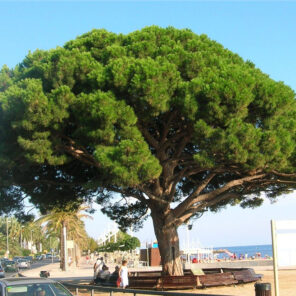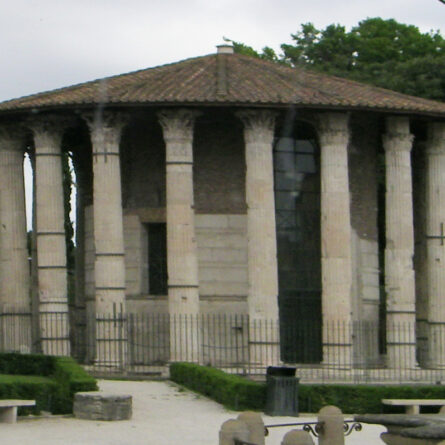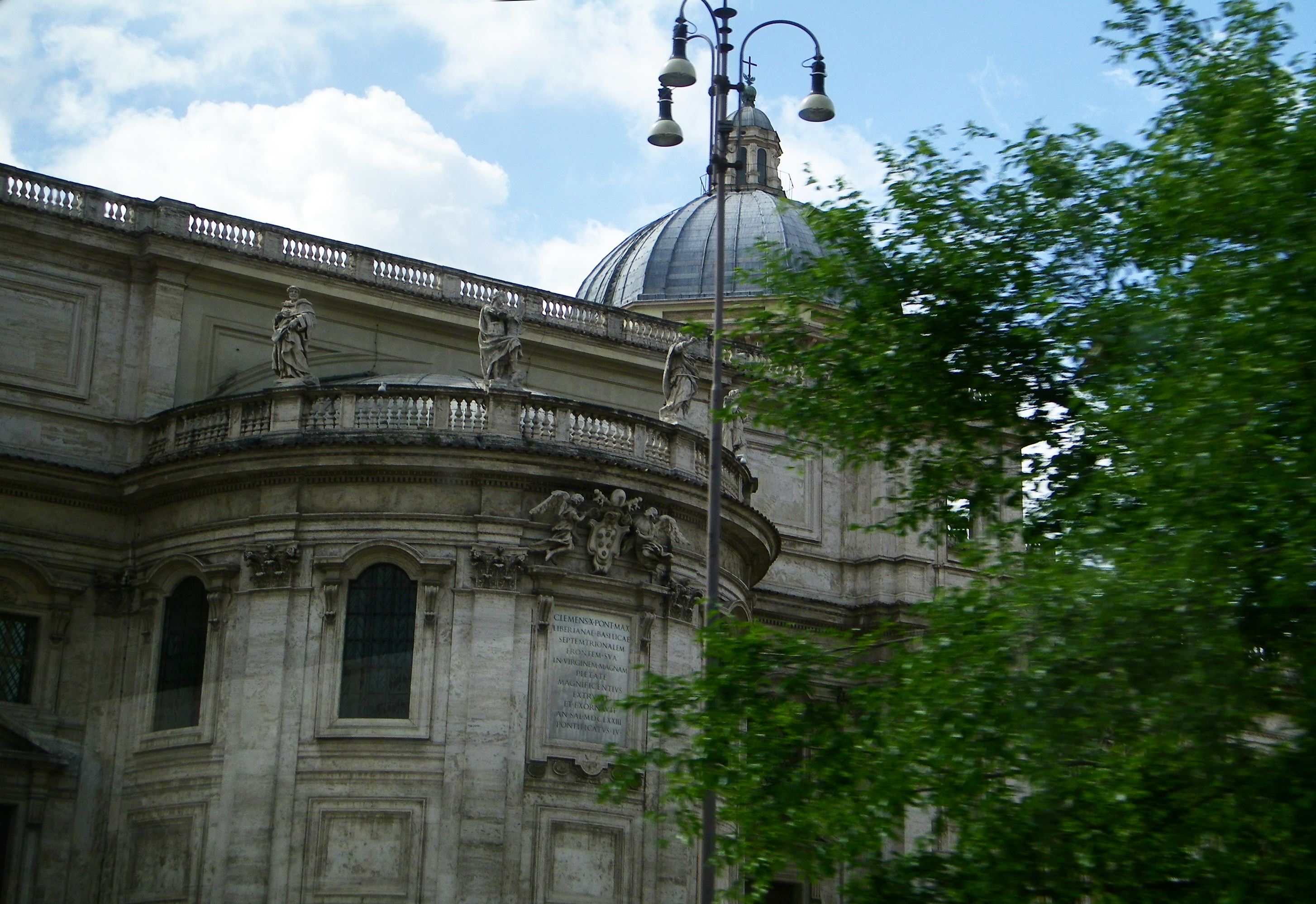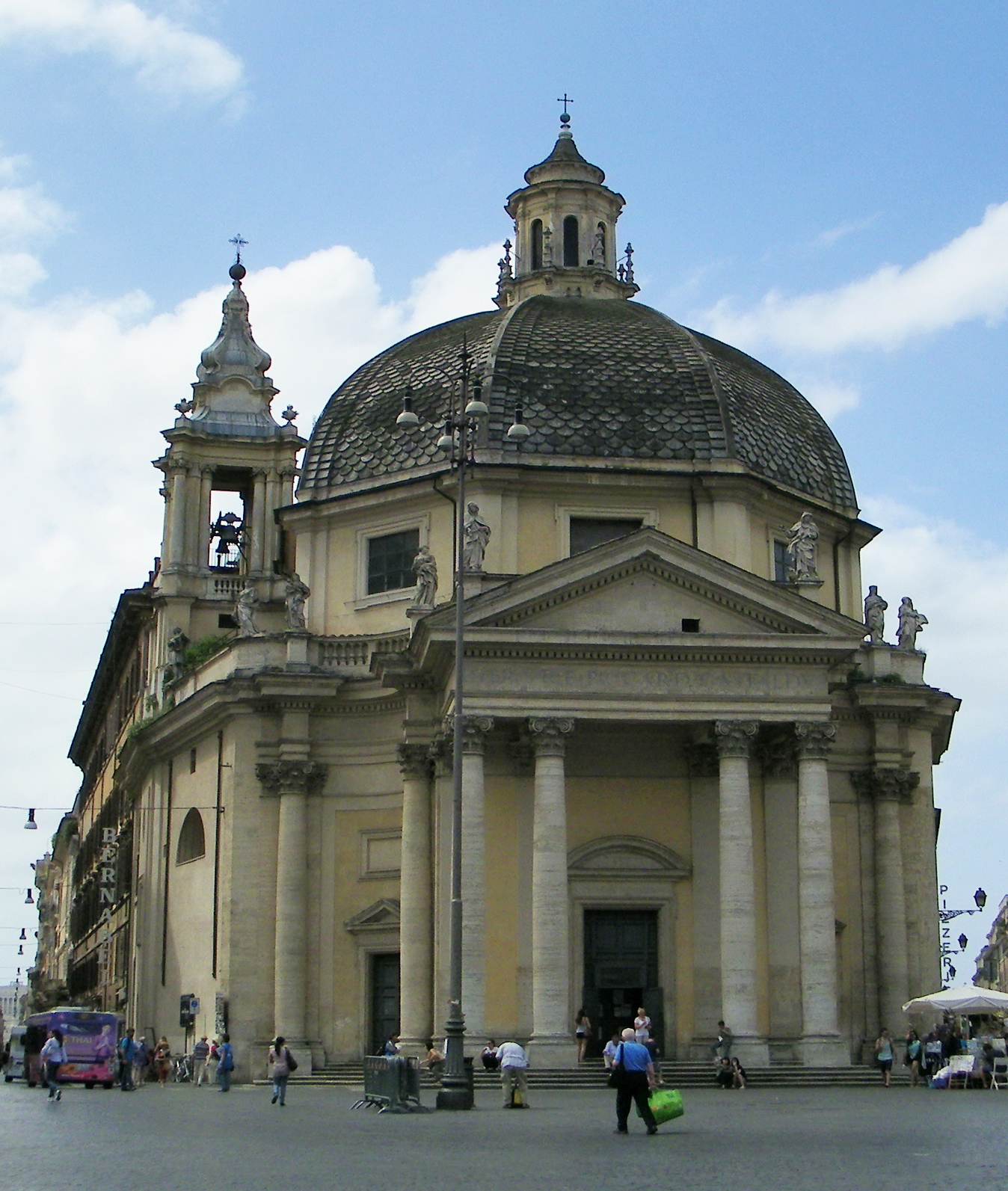Stone Pine Trees
As our Med Cruise continues in Rome, ya gotta love these great trees! I don’t usually do a whole post about trees, but this seemed like a great time to start. The stone pine tree changes in shape and size as it matures, much like a lot of people!
Click on the first photo in each group and scroll to see the square photos at full size.
To start at the beginning of this series, visit Mediterranean Cruise.
Just an Amazing Tree!
The stone pine, with the botanical name Pinus pinea, is also called the Italian stone pine, umbrella pine and parasol pine, and is native to the Mediterranean region, growing in Southern Europe and Syria. In Italy, the stone pine has been a beautiful landscape element since the Italian Renaissance garden period, planted in gardens and parks around the world.
The stone pine is a coniferous evergreen tree that can exceed 82 ft in height. In youth it is a bushy globe, in mid-age an umbrella canopy on a thick trunk and, in maturity a broad and flat crown over 26 ft in width. The bark is thick, red-brown and deeply fissured into broad vertical plates.
Stone pines have been used and cultivated for their edible pine nuts since prehistoric times. Small specimens are used for Bonsai, and also grown in large pots and planters. The year-old seedlings are seasonally available as 7.9–11.8 in. tall table-top Christmas trees. – READ MORE
Be sure to click on the photos to see captions.
A Beautiful Landscape Element
The stone pine, with the botanical name Pinus pinea, is also called the Italian stone pine, umbrella pine and parasol pine, and is native to the Mediterranean region, growing in Southern Europe and Syria. In Italy, the stone pine has been a beautiful landscape element since the Italian Renaissance garden period, planted in gardens and parks around the world.
The stone pine is a coniferous evergreen tree that can exceed 82 ft in height. In youth it is a bushy globe, in mid-age an umbrella canopy on a thick trunk and, in maturity a broad and flat crown over 26 ft in width. The bark is thick, red-brown and deeply fissured into broad vertical plates.
Many Uses
Stone pines have been used and cultivated for their edible pine nuts since prehistoric times. Small specimens are used for Bonsai, and also grown in large pots and planters. The year-old seedlings are seasonally available as 7.9–11.8 in. tall table-top Christmas trees. – READ MORE
While I was searching for my own picture of the mid-age Stone Pine instead of using wikipedia’s, I ran across the photo up top that I forgot all about – the Temple of Hercules Victor. This temple is one of two small temples in the The Forum Boarium, and are among Rome’s best preserved religious structures. This temple was built in honor of the god Hercules.
Right next to the temple is The Fontana dei Tritoni (Fountain of the Tritons). For more information on the fountain, click here.
“The temple is best described as a colonnade of twenty Corinthian-style columns arranged in a circle around an inner chamber. Inside was a statue of the god Hercules, as old as the temple itself, created by the renowned Greek sculptor Scopas the Younger. The temple is often incorrectly identified as the Temple of Vesta, after the circular temple at the Roman Forum. The temple of Hercules is remarkably well preserved, especially for what is considered the oldest marble temple in Rome.” – READ MORE
Next up: A Walk-about in Rome
Happy trails,
Barb










You think your mind is blown about that temple, wait till I get to St. Peter’s Basilica! St. Peter was one of the 12 Apostles of Jesus and, according to Vatican authorities, his tomb is beneath the Basilica!
Thanks for the info on the trees and the pics of the temple for Hercules. It’s just mind blowing thinking about how these were built so long ago